Introduction to Aimee Gardenia
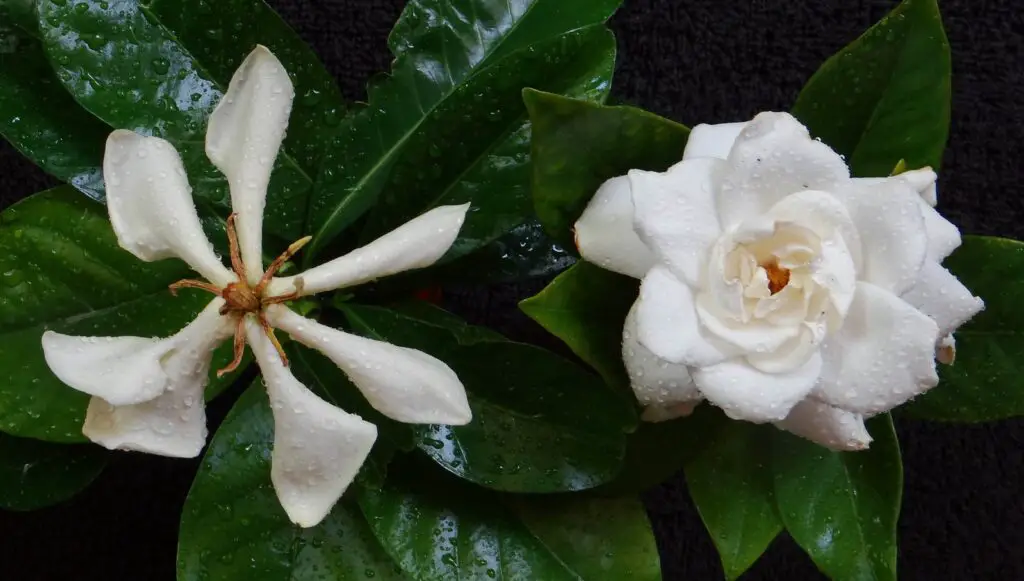
Welcome to the enchanting world of Aimee Gardenia, a delightful variety of Cape Jasmine that has captured the hearts of gardeners worldwide. With its unique charm and distinct features, Aimee stands out as a star in the realm of gardening. In this concise guide, we will explore the essential tips and tricks to ensure the thriving success of your Aimee Gardenia. Whether you’re a seasoned gardener or just starting your green journey, join us on this adventure to unlock the secrets of nurturing and cultivating the beautiful Aimee Gardenia. Let’s dive in and discover how to make your garden blossom with the vibrant allure of Aimee.
Basic Care Guide for Aimee Gardenia
Caring for your Aimee Gardenia is a rewarding journey that begins with mastering the basics. In this section, we’ll delve into the fundamental aspects of ensuring your Aimee thrives in its environment.
Watering: Proper watering is the key to a healthy Aimee Gardenia. Aim for a consistent watering schedule, keeping the soil consistently moist but not waterlogged. Water deeply, allowing the soil to absorb moisture, and avoid letting the soil dry out completely between watering sessions. Remember, moderation is key to prevent root rot.
Fertilization: Aimee Gardenia benefits from regular fertilization to support its growth and blooming potential. Choose a balanced fertilizer and apply it during the growing season. Be cautious not to over-fertilize, as it may lead to excessive foliage at the expense of blooms. Follow the recommended application rates to keep your Aimee thriving.
Sunlight: Understanding your plant’s light requirements is crucial. Aimee Gardenia thrives in partial to full sunlight. Ensure it receives at least 4-6 hours of direct sunlight daily. If grown indoors, place it near a south-facing window to provide the adequate light it craves. Striking the right balance ensures vigorous growth and abundant flowering.
Never Miss a Care Task Again! Consistency is key when caring for Aimee Gardenia. Set up a regular schedule for watering and fertilizing to create a stable environment for your plant. Observing and addressing its needs promptly will lead to a flourishing Aimee that graces your garden with its beauty. Stay tuned for more in-depth insights into advanced care techniques in the following sections.
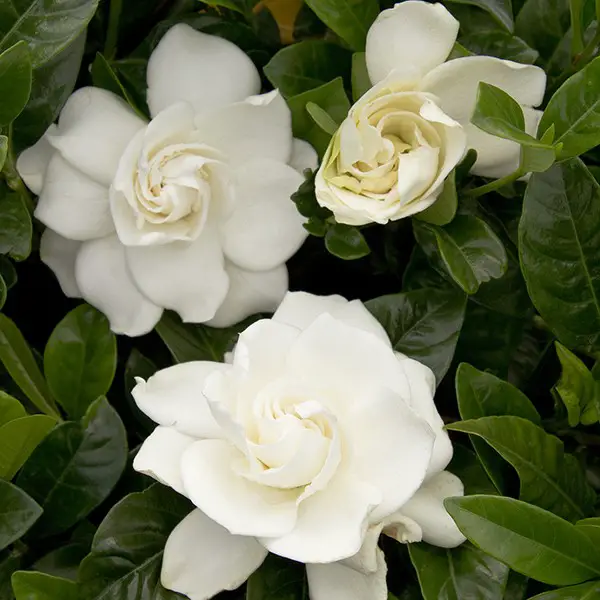
Advanced Care Guide for Aimee Gardenia
As you deepen your connection with Aimee Gardenia, embracing advanced care practices becomes essential to unlock its full potential. In this section, we’ll explore the intricacies of pruning, temperature management, soil considerations, and propagation.
Pruning: Pruning serves as an art form for Aimee Gardenia. Shape your plant for aesthetic appeal and health by removing dead or crowded branches. Prune after the blooming season to encourage new growth. Focus on maintaining a balanced shape, and don’t be afraid to get creative while sculpting your Aimee. Pruning not only enhances its appearance but also stimulates robust flowering.
Temperature: Aimee Gardenia appreciates a stable temperature range. Ideally, keep it in an environment with temperatures between 65°F to 75°F (18°C to 24°C). Shield it from extreme cold or heat, as Aimee is sensitive to temperature fluctuations. Consider moving potted Aimee indoors during harsh weather conditions to safeguard against potential damage.
Soil: The foundation of Aimee’s well-being lies in well-draining soil. Opt for a rich, acidic mix that promotes aeration and prevents waterlogging. Regularly check the soil’s pH levels to maintain the slightly acidic conditions Aimee thrives in. Amending the soil with organic matter enhances its texture and fertility, ensuring your Aimee remains vibrant.
Propagation: Expand your Aimee Gardenia family through propagation. Choose between stem cuttings or air layering during the active growing season. Ensure the chosen method aligns with your preferences and gardening expertise. Successful propagation opens the door to sharing the beauty of Aimee with friends and family.
Advanced Care Insights: Aimee Gardenia, with its unique characteristics, invites gardeners to engage in advanced care practices. Whether shaping its form through meticulous pruning or safeguarding it from temperature extremes, these techniques elevate your gardening experience. Stay tuned for more insights into the planting process and how to harvest the beauty Aimee brings to your garden.
20 Beautiful Indoor Plants With Fragrance
Planting and Application
Planting Aimee Gardenia is a gratifying experience that sets the stage for a flourishing garden. In this section, we’ll guide you through the step-by-step process of planting Aimee and explore creative applications to maximize its visual impact.
Step-by-Step Guide to Planting Aimee Gardenia:
- Selecting the Right Location:
- Choose a well-lit area with partial to full sunlight.
- Ensure the soil is well-draining and slightly acidic.
- Preparing the Soil:
- Work the soil to improve aeration and drainage.
- Incorporate organic matter for added fertility.
- Digging the Hole:
- Dig a hole twice the width of the root ball and at the same depth.
- Placing Aimee in the Hole:
- Gently remove Aimee from its container, loosening the roots.
- Place the plant in the center of the hole.
- Backfilling and Watering:
- Backfill with soil, patting it gently around the base.
- Water thoroughly to settle the soil.
- Mulching:
- Apply a layer of mulch to retain moisture and suppress weeds.
- Staking (if necessary):
- Stake young Aimee plants to provide support.
Creative Applications:
- Container Gardening:
- Plant Aimee in decorative containers for a stunning patio or balcony display.
- Ensure the container has drainage holes to prevent waterlogging.
- Mixed Garden Beds:
- Pair Aimee with other plants with similar care needs for a harmonious garden bed.
- Experiment with color combinations to create an eye-catching arrangement.
- Borders and Edging:
- Use Aimee as a border or edging plant for pathways and garden borders.
- Its compact size and lush foliage make it a perfect choice for defining spaces.
- Focal Point Planting:
- Plant Aimee as a standalone focal point in your garden.
- Surround it with complementary plants to enhance its visual appeal.
Maximizing Aesthetic Appeal: Planting Aimee Gardenia is not just a horticultural task; it’s an opportunity to showcase nature’s beauty in your garden. Whether in containers, mixed beds, borders, or as a focal point, the creative applications are endless. As you embark on this planting journey, envision the vibrant tapestry Aimee will weave in your outdoor space. Stay tuned for insights into harvesting and seasonal precautions to ensure a thriving Aimee Gardenia.
Harvest and Seasonal Precautions
As your Aimee Gardenia matures, understanding the nuances of harvesting and seasonal care becomes crucial. In this section, we’ll explore the optimal time to harvest and precautions to safeguard your Aimee during different seasons.
Harvesting Aimee Gardenia: Harvesting Aimee’s blooms is a delightful moment in the gardening journey. Follow these steps for a successful harvest:
- Selecting the Right Time:
- Harvest blooms when they are fully open for the best fragrance and visual impact.
- Choose early morning or late afternoon for harvesting when the weather is mild.
- Gentle Pruning:
- Use clean, sharp pruning shears to make precise cuts.
- Prune selectively, encouraging the growth of new buds.
- Avoid Overharvesting:
- Be mindful not to overharvest, allowing the plant to retain enough energy for future blooming.
Seasonal Precautions for Aimee Gardenia:
- Winter:
- Shield Aimee from harsh winter winds, especially in colder climates.
- Consider mulching around the base to insulate the roots.
- Summer:
- Provide shade during intense afternoon sun to prevent heat stress.
- Regularly water to counteract the increased evaporation.
- Autumn:
- Monitor falling temperatures and gradually reduce watering.
- Cease fertilization to allow the plant to enter dormancy naturally.
- Spring:
- Resume regular watering as temperatures rise.
- Apply a balanced fertilizer to support new growth.
Ensuring Year-Round Health: Harvesting the blooms of Aimee Gardenia marks a culmination of your nurturing efforts. As you embrace the changing seasons, implement these precautions to safeguard your Aimee from environmental challenges. With a mindful approach to harvesting and seasonal care, your Aimee Gardenia will continue to grace your garden with its vibrant presence throughout the year. Stay tuned for insights into common pests and diseases, equipping you with the knowledge to maintain a thriving Aimee.
Complete Guide to Sedum Plants: Care, Growing Tips, Varieties, and Benefits
More About How-Tos
In the world of Aimee Gardenia, there’s always more to discover and enhance your gardening expertise. This section delves into additional how-tos, offering valuable insights and creative ideas to elevate your Aimee gardening experience.
Additional Care Tips:
- Seasonal Feeding:
- Tailor your fertilization schedule to the changing seasons.
- Adjust nutrient levels based on Aimee’s growth patterns.
- Mulching Techniques:
- Experiment with different mulching materials like organic matter or stones.
- Monitor moisture levels to ensure optimal soil conditions.
- Watering Strategies:
- Implement deep watering techniques to encourage robust root development.
- Consider using a soaker hose for efficient and targeted watering.
Creative Ideas for Aimee Gardenia:
- Aimee Gardenia as Indoor Decor:
- Bring the beauty of Aimee indoors by cultivating it in decorative pots.
- Place it in well-lit areas to enjoy its fragrance and lush greenery.
- Aimee Gardenia Topiary:
- Explore the art of topiary by shaping Aimee into geometric or whimsical forms.
- Regular pruning is key to maintaining intricate topiary designs.
- Scented Garden Corners:
- Create scented garden corners by combining Aimee with other fragrant plants.
- Designate specific areas to enjoy the sensory delights of your garden.
- Aimee Gardenia in Hanging Baskets:
- Elevate your garden with hanging baskets showcasing cascading Aimee blooms.
- Ensure proper support and drainage for healthy growth.
Bolstering Your Aimee Expertise: The beauty of Aimee Gardenia extends beyond the basic care routines. Fine-tune your gardening skills with these additional how-tos, ensuring your Aimee thrives in unique and innovative ways. From specialized feeding approaches to imaginative design ideas, this section aims to spark your creativity and deepen your connection with Aimee. Stay tuned for insights into common pests and diseases, equipping you with the knowledge to address potential challenges effectively.
Common Pests & Diseases
Even in the well-tended world of Aimee Gardenia, vigilance against pests and diseases is crucial. In this section, we’ll identify common adversaries and equip you with effective strategies to maintain the health and vibrancy of your Aimee.
Identifying and Treating Common Pests:
- Aphids:
- Recognize aphids by their small size and varied colors.
- Combat aphid infestations by spraying a mixture of water and mild soap.
- Scale Insects:
- Inspect the undersides of leaves for scale insects.
- Introduce natural predators like ladybugs or use neem oil for control.
- Whiteflies:
- Detect whiteflies by their small, moth-like appearance.
- Combat whiteflies with insecticidal soap or neem oil.
- Spider Mites:
- Watch for fine webbing and stippling on leaves as signs of spider mites.
- Mitigate spider mite issues by increasing humidity and applying neem oil.
Strategies for Preventing Plant Diseases:
- Leaf Spot:
- Prevent leaf spot by avoiding overhead watering.
- Apply fungicides containing copper as a preventive measure.
- Root Rot:
- Mitigate root rot by ensuring well-draining soil.
- Adjust watering practices to avoid waterlogged conditions.
- Powdery Mildew:
- Control powdery mildew by improving air circulation.
- Apply fungicidal sprays containing sulfur or neem oil.
- Botrytis Blight:
- Reduce humidity around Aimee to prevent botrytis blight.
- Prune affected parts and apply fungicides as a preventive measure.
Treat and Prevent Plant Diseases: Aimee Gardenia’s resilience can be tested by common pests and diseases, but armed with knowledge, you can protect its well-being. Regular inspection, prompt identification, and targeted treatments are key to maintaining a thriving Aimee. Stay vigilant and implement these strategies to ensure your garden remains a haven of beauty and health. In the next section, we’ll explore common problems faced by Aimee and guide you through troubleshooting solutions for a resilient garden.
Common Problems with Solutions
Even the resilient Aimee Gardenia may encounter challenges. In this section, we’ll address common problems that gardeners face with Aimee and provide effective solutions to ensure your plant remains vibrant and healthy.
Yellowing Leaves:
Problem: Yellowing leaves can signal various issues, such as nutrient deficiencies, overwatering, or poor drainage.
Solution:
- Nutrient Check: Ensure your Aimee receives balanced fertilizer to address nutrient deficiencies.
- Watering Adjustment: Adjust your watering schedule to prevent overwatering, ensuring well-draining soil conditions.
Browning Leaves:
Problem: Browning leaves may indicate issues like underwatering, fungal infections, or exposure to extreme temperatures.
Solution:
- Watering Consistency: Maintain a regular watering schedule to prevent both overwatering and underwatering.
- Fungal Treatment: If fungal infection is suspected, apply fungicides following recommended guidelines.
- Temperature Shielding: Protect Aimee from extreme temperatures by providing shade during intense sunlight or moving it indoors during harsh weather.
Lack of Flowers:
Problem: Aimee Gardenia not blooming could result from insufficient sunlight, improper pruning, or nutrient imbalances.
Solution:
- Sunlight Assessment: Ensure Aimee receives the recommended 4-6 hours of direct sunlight daily.
- Pruning Technique: Prune Aimee after the blooming season to encourage new bud development.
- Fertilization Adjustment: Evaluate and adjust fertilizer application to support blooming.
Troubleshooting Tips: Understanding and addressing common problems promptly is key to maintaining a thriving Aimee Gardenia. By implementing these solutions, you’ll not only troubleshoot existing issues but also establish a proactive approach to care. In the upcoming section, we’ll explore plants with similar care needs, allowing you to create harmonious garden companions for your Aimee. Stay tuned for insights into compatible green friends.
Felix Crousse Peony Care: Beautiful Blooms and Safe Gardening
Plants with Similar Care Needs
Creating a harmonious garden involves selecting plants that share similar care requirements with Aimee Gardenia. In this section, we’ll explore companion plants that complement the beauty and thrive alongside your Aimee.
Aimee Gardenia (Gardenia jasminoides ‘Aimee’):
- Sunlight: Partial to full sunlight.
- Watering: Regular, consistent moisture.
- Soil: Well-draining, slightly acidic.
- Temperature: Ideal between 65°F to 75°F (18°C to 24°C).
- Special Care: Pruning after blooming season, protection from extreme temperatures.
Aimee Yoshioka Cape Jasmine (Gardenia jasminoides ‘Aimee Yoshioka’):
- Similar care needs to Aimee Gardenia.
- Features unique double flowers with an exquisite fragrance.
- Ideal companion for creating a diverse yet cohesive garden.
Gardenia jasminoides ‘Aimee’ Tree Form:
- Adaptable to container or ground planting.
- Requires well-draining soil and regular feeding.
- Prune to maintain desired tree form shape.
Gardenia augusta:
- Shares care preferences with Aimee Gardenia.
- Features classic white, fragrant flowers.
- Suitable for borders, containers, or as a standalone specimen.
Companion Plants with Similar Requirements:
- Azaleas (Rhododendron spp.):
- Flourish in well-draining, acidic soil.
- Partial shade to filtered sunlight is ideal.
- Perfect for creating vibrant and varied color schemes.
- Camellias (Camellia spp.):
- Thrive in slightly acidic, well-draining soil.
- Partial shade to filtered sunlight suits their growth.
- Offer a diverse range of bloom colors and forms.
- Hydrangea (Hydrangea spp.):
- Prefer moist, well-draining soil.
- Partial shade to filtered sunlight.
- Add a touch of elegance with their large, showy blooms.
Creating a Unified Garden Oasis: Selecting plants with similar care needs ensures a cohesive and thriving garden. Whether you choose varieties of Gardenia, or companion plants like Azaleas, Camellias, or Hydrangeas, the key is to provide an environment that caters to their shared preferences. As you expand your garden, consider the unique characteristics each plant brings, creating a symphony of colors, fragrances, and textures. Stay tuned for a deeper exploration into the fascinating world of Aimee Gardenia and its variations.
More About Cape Jasmine ‘Aimee’
Embark on a deeper exploration into the captivating realm of Cape Jasmine ‘Aimee.’ In this section, we’ll delve into the unique characteristics of Aimee Gardenia and its variations, inviting you to discover the nuanced beauty that sets this cultivar apart.
Distinctive Features of Aimee Gardenia:
- Double Blooms:
- Aimee Gardenia boasts double flowers, setting it apart with a lush and full appearance.
- Each bloom is a masterpiece, contributing to the plant’s overall charm.
- Exquisite Fragrance:
- The fragrance of Aimee is a symphony of sweet and floral notes, captivating anyone who encounters it.
- Planting Aimee near windows or outdoor seating areas allows you to fully appreciate its enchanting scent.
- Compact Size:
- Aimee Gardenia exhibits a compact growth habit, making it suitable for various garden settings, including containers.
- Its manageable size allows for creative landscaping, bordering, or even accentuating specific garden features.
- Versatile Applications:
- Beyond traditional ground planting, Aimee excels in various applications, from potted arrangements to topiaries.
- Its versatility invites gardeners to experiment with imaginative designs, enhancing both indoor and outdoor spaces.
Aimee Yoshioka Cape Jasmine:
- Aimee Yoshioka is a unique variation, distinguished by its double flowers and captivating fragrance.
- An excellent choice for those seeking a Gardenia variety with an added touch of elegance.
Gardenia jasminoides ‘Aimee’ Tree Form:
- Explore the tree form of Aimee Gardenia for a different visual impact.
- Ideal for those looking to incorporate a more structured and elevated element in their garden or landscape.
Aimee Gardenia’s Enduring Allure: Aimee Gardenia, with its double blooms, enticing fragrance, and adaptability, stands as a testament to the enduring allure of Cape Jasmine. Whether you choose the classic Aimee, the elegant Aimee Yoshioka, or the tree form variation, each embodies a unique expression of beauty in the world of gardening. As you continue your journey with Aimee, consider the diverse applications and variations that contribute to its timeless charm. Stay tuned for further insights into seasonal precautions and maintaining the vibrancy of Aimee throughout the year.
Conclusion
In conclusion, Aimee Gardenia unveils a world of botanical wonders, where its double blooms, enchanting fragrance, and versatile applications make it a standout cultivar in the realm of Cape Jasmine. From the intricate care guides that ensure its health and vibrancy to the creative applications that elevate its presence in your garden, Aimee beckons both novice and seasoned gardeners alike. As you explore its variations, including the elegant Aimee Yoshioka and the structured tree form, the enduring allure of Aimee Gardenia becomes evident. This guide has aimed to not only provide practical insights into nurturing Aimee but also to inspire a deeper connection with the beauty and intricacies of this captivating plant. May your Aimee Gardenia continue to flourish, gracing your garden with timeless charm and fragrant elegance throughout the seasons.

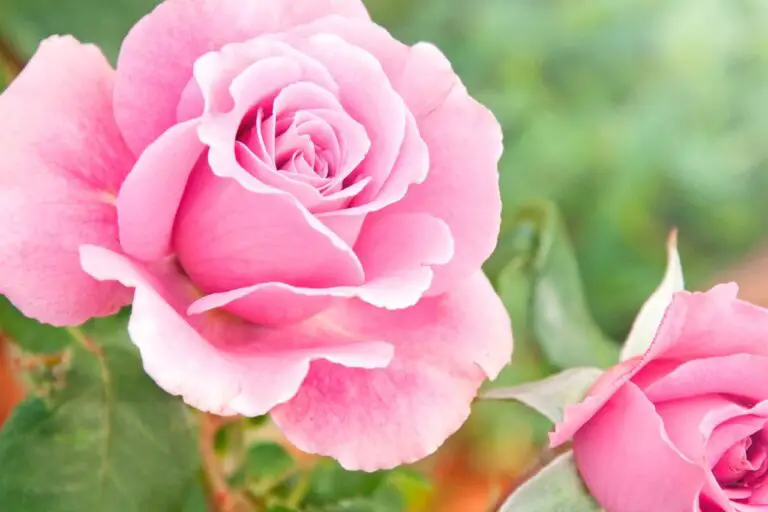
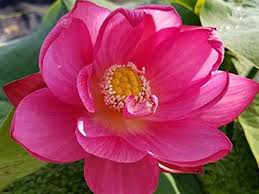
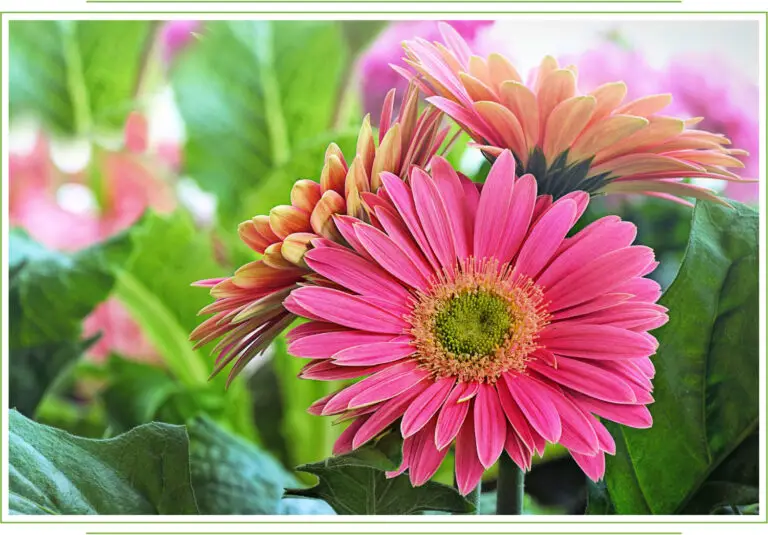
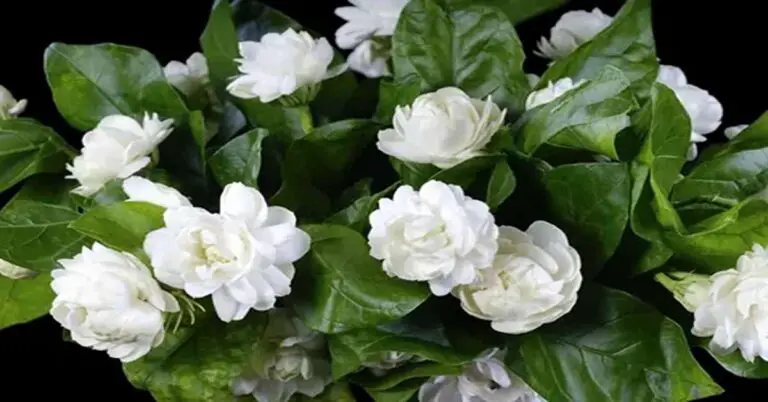
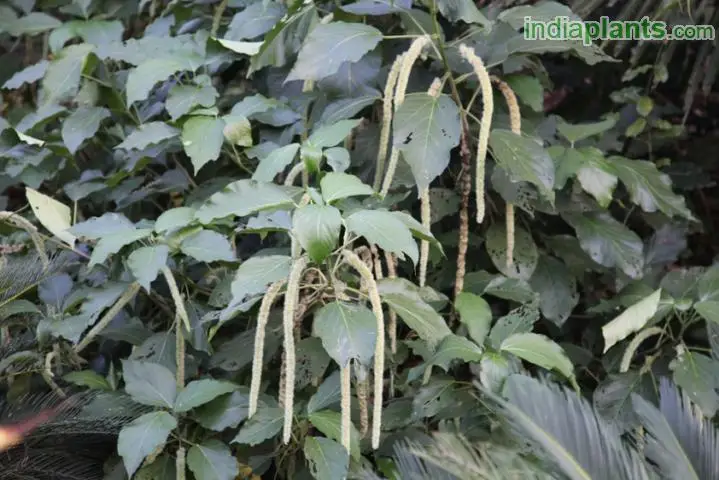


Your point of view caught my eye and was very interesting. Thanks. I have a question for you.